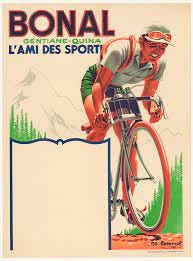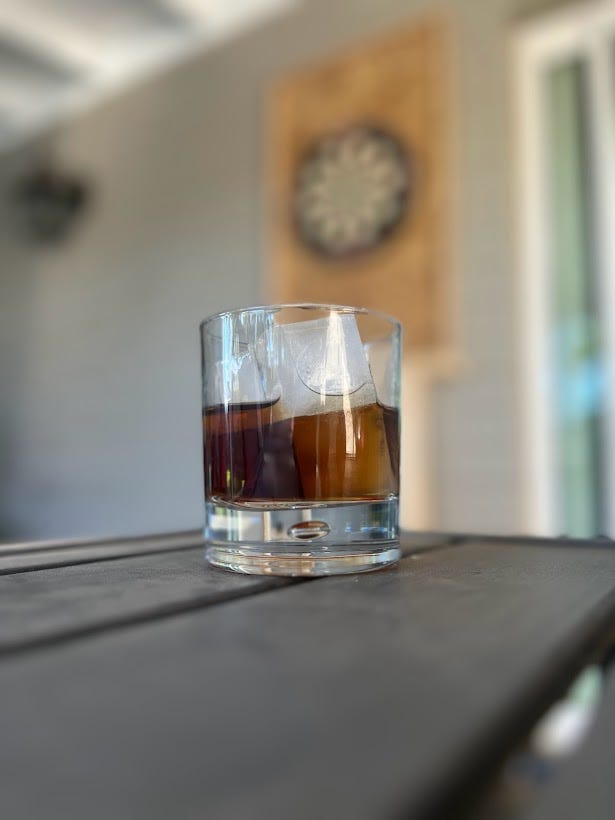Quick Sip: Bonal
Quinine isn't just for Tonic, Gentian isn't just for Bitters
When I first had Bonal described to me at a cocktail bar in Seattle, I believe the headline was “like vermouth and tonic had a child.” And really, that’s a pretty good one-line description to lead with. But this newsletter is NOT about one-line descriptions. It’s not even about four-line descriptions (like what I included in this month’s CotM edition).
A Quick History
Bonal is, honestly, less historically interesting than last month’s Benedictine. Ironically, this one probably ‘actually was truly made by a monk (so long as you’re using the definition “someone who lives at a monastery”). The monastery in question is the Grande Chartreuse, and the “monk” was Hyppolite Bonal. Every name in that previous sentence is amazing. Bonal was a doctor of sorts, and like most doctors of the time and location that mostly involved making your own medicinal solutions as cure-alls.
This made him familiar with the local herbs available, and eventually he returned to the alps after becoming a pharmacist in Paris to use those when creating a new fortified wine. He gave the creation his own name and began selling it in 1865. It was popular almost immediately, becoming one of the early sponsors of the Tour de France. Eventually, at some point in the 20th century and likely following WWII, Dolin (the vermouth producer) bought the brand and has produced it ever since.
Quinine and Gentian
The explicit addition of these two ingredients is what separates Bonal from other vermouths, and other fortified wines in general. In part, that’s just because we know for sure that theyre included! Just compare the detail pages of Bonal and Dolin Rouge on the brand site: it’s three stated ingredients compared to a big fat zero. But they’re unique in more ways than just being known.
As you might expect, the good doctor actually used truly medicinal ingredients in his creation. Quinine was then the only real defense against malaria; in fact, it was the first chemical used to treat an infectious disease (at least that we know of). It’s extremely bitter, which is why it’s always mixed with a good deal of sugar. Lots of quinine-added fortified wines used to be on the market since it was truly medicine, but of those only Bonal realized continued success. It’s a truly fascinating ingredient, and I’ll write something much more detailed about it in good time.
Gentian isn’t a famous cure for malaria, but its roots have been used in medicne as a true cure-all for centuries. It’s also the common flavoring among almost any cocktail ingredient you’d call “bitter.” From Underberg to Angostura, if it’s real bitter in a little bottle it’s probably loaded up with gentian. It’s not all too rare for it to be included in truer amari, but the quantity in Bonal certainly does seem much higher than most.
With these two super-bitter ingredients in the mix, it’s no wonder that Bonal also has quite a bit more sugar than most other fortified wines, and it can also be used in much smaller quantities to great affect than most others.
A Quick and Easy Drink
But I had you buy a whole bottle this month, so doling out tiny amounts into drinks isn’t fun. Instead, I’d make a case for bitters maximalism and ratio inversion here. That means a very purposefully bitter drink with more “mixer” than spirit. In this case, we’re inverting a Manhattan:
2 oz Bonal
0.5 oz Rye
2 dashes of Orange Bitters
Inverted cocktails sticking around is one of my official predictions for 2023, and this drink is a good reason why. It’s complex and drinks “strong” even though it’s much less booze than a true Manhattan. It gives you a good sense of the base ingredient while still being rounded out by a few additions, which is how I like my basic cocktails.



